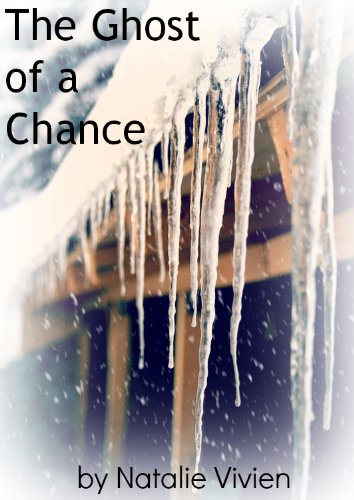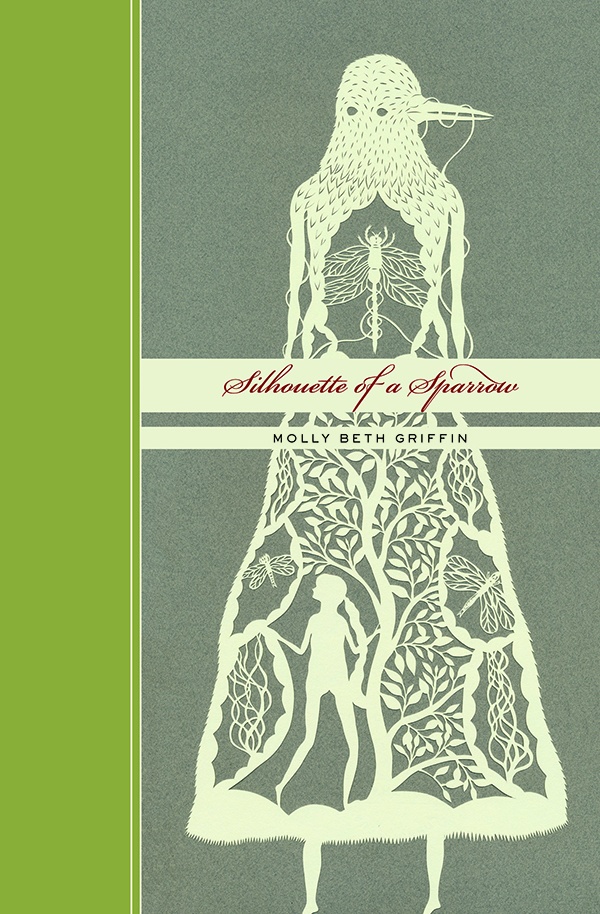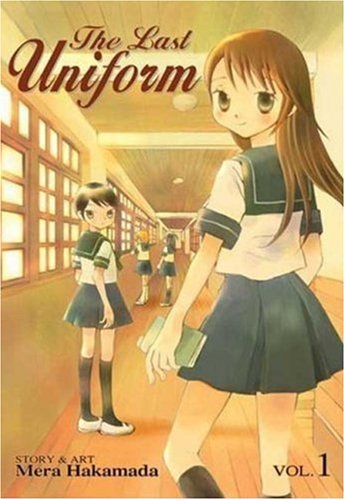The Ghost of a Chance by Natalie Vivien is a story that revolves around loss, acceptance, and healing. Darcy Morrow has just lost the love of her life in an accident, and she is utterly destroyed – the only person who even begins to reach her in the weeks after the accident is Alis, a nurse who Darcy’s mother-in-law hired to look after her (and who also cared for Darcy’s partner several years ago when she had cancer). The novel follows them through Darcy’s navigation of her grief and the development of their relationship from friends to something deeper.
The first thing that struck me about this book is that it’s gorgeously written. Every sentence feels carefully constructed, and some of the comparisons and word choices are so perfect that I would read them over and over, boggling. Natalie Vivien also does a heartrendingly good job of portraying a woman who has just lost the love of her life. The pain that Darcy goes through is transmitted to the reader with merciless realism (I’m not going to lie – I cried a lot reading this book, and books rarely make me cry). I felt like Darcy’s grieving process was handled very well, not rushed or glossed over or shown to be less significant than such things are. In fact, the whole story had really good pacing, from the overarching themes of romance, healing, and freedom to the individual scenes and how they flowed into each other.
I was also really impressed by how complex all of the characters were. The narration is from Darcy’s point of view, and she goes through so many emotions and grows so much during the course of the story that it’s very interesting to be in her head. Alis and Catherine (Darcy’s deceased lover) are very different people, but they’re equally developed, Catherine through flashbacks and Alis through the course of the novel. This isn’t something that I’ve noticed happens very often in stories where the main character has a lost love who died before the story started – usually the deceased partner is more of an archetype, without any depth, or the “replacement” pales in comparison to the first love. Neither Catherine nor Alis outshine the other; they’re both perfect for Darcy in their own way, but it completely different ways, and Alis doesn’t replace Catherine. It was very satisfying to read this complicated situation done so thoughtfully.
There were various little elements woven throughout the story that I loved, too. Darcy is a librarian, and her return to a healthy state of mind included interaction with her coworkers and time spent at the library. I’m married to a librarian, so it was very charming to read about Darcy’s love of her profession. Also, Catherine was a playwright and had been working on a lesbian version of Twelfth Night when she died. The completion of this manuscript is an important thread in the story, and it delighted my inner (or not so inner) Shakespeare nerd to no end. The whole novel was a really fulfilling read.






